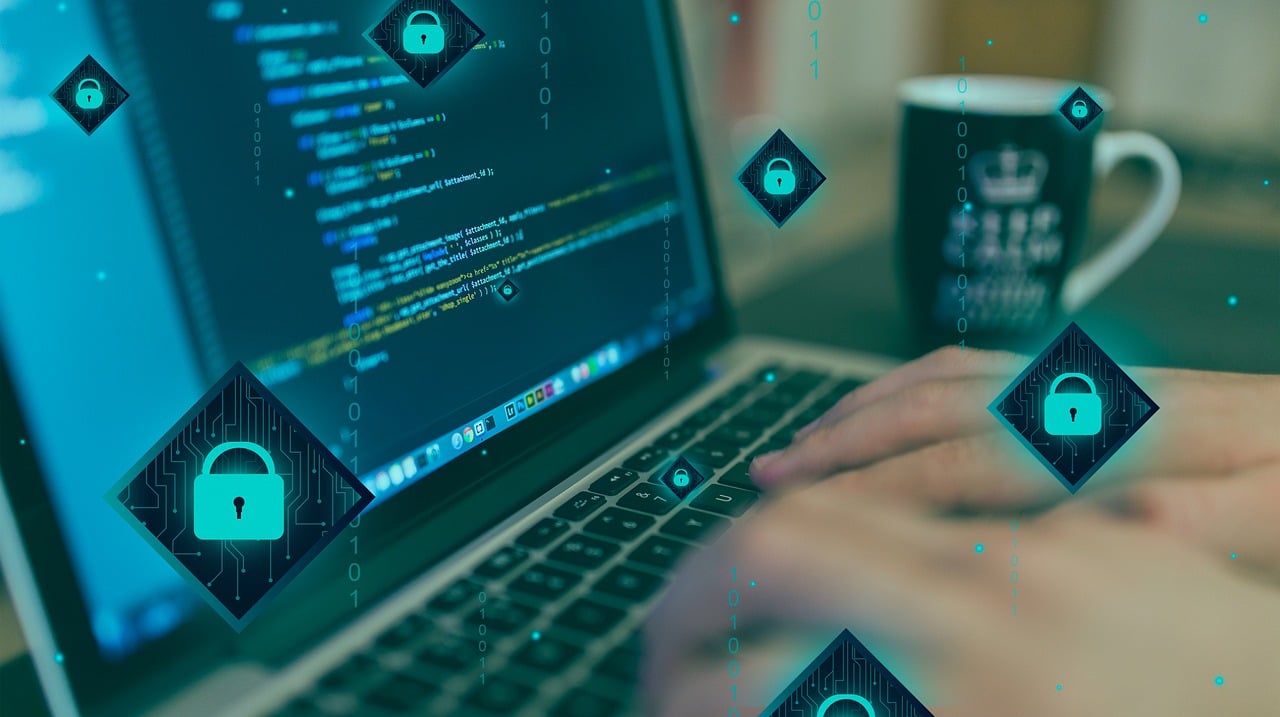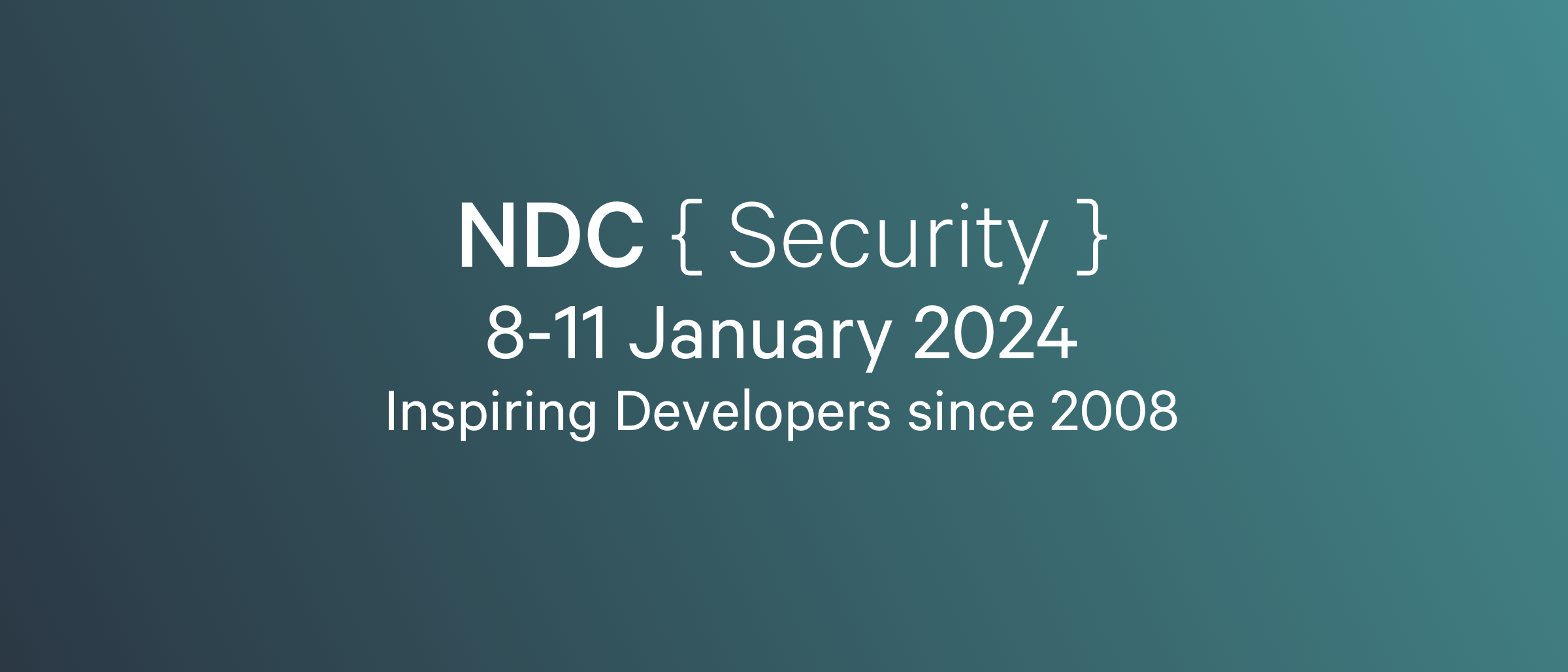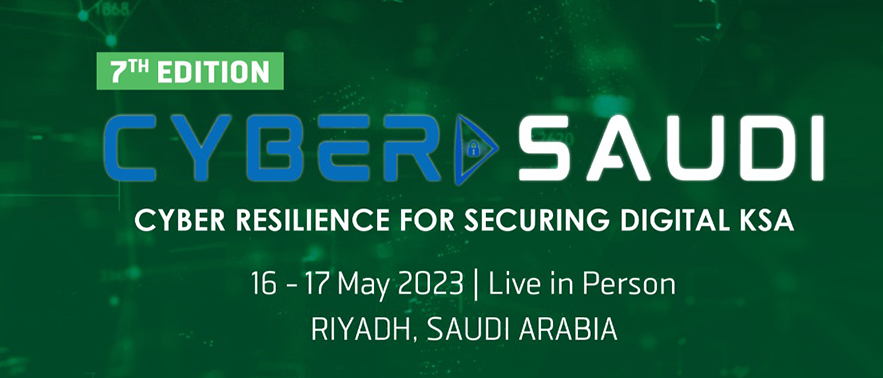Cybersecurity was evolving in 2023, with the emergence and widespread adoption of new technologies aimed at improving threat detection, analyzing extensive data for anomalies, and automating security processes. Concurrently, every year, cyberthreats are advancing in sophistication. High-profile data breaches and cyberattacks have propelled organizations of all sizes to reevaluate and fortify their cybersecurity strategies.
In 2022, 76% of organizations were targeted by a ransomware attack, of which 64% were infected. (Sharma, S.; “New Cyberattack Tactics Rise Up as Ransomware Payouts Increase,” CSO, 28 February 2023)
Cybersecurity professionals must comprehend prevailing trends and challenges in the field in 2023 to enhance their ability to counteract such attacks effectively in 2024.
“Remote Work” Vulnerability.
The rise in remote work has introduced new cybersecurity vulnerabilities, primarily attributed to human factors. Human error often serves as a catalyst for significant cybersecurity breaches. When employees work from home, the likelihood of having less secure internet connections, leaving computers unattended, or falling victim to seemingly harmless emails from impostors posing as trusted colleagues increases. This is why targeted ransomware and phishing attacks are prevalent in the hacker's toolkit.
This underscores the urgency for organizations to implement Identity and Access Management Tools (IAM). IAM solutions analyze user activity, streamline secure sign-in procedures, and prompt additional authentication when necessary, reducing the risk of unauthorized access. In addition, it is expected that companies to enhance training programs, emphasizing good cyber hygiene practices in 2024.
Mobile Devices Attacks.
Mobile threats encompass specialized spyware targeting encrypted messaging applications, exploitation of critical security vulnerabilities in Android devices by criminals, and the proliferation of mobile malware with diverse application scenarios, including Distributed Denial of Service (DDoS) attacks, SMS spam, and data theft. Mobile cybersecurity spans various elements, including back-end/cloud security, network security, and the Internet of Things (IoT), covering wearables and automotive devices. To fortify sensitive data storage, security specialists combine mobile software security with hardware-based solutions, recognizing the need for multiple layers of security in insecure environments.
As mobile devices represent a significant, often overlooked attack surface for enterprises, mobile security and education are deemed more crucial than ever. Whether corporate-owned or part of a Bring Your Own Device (BYOD) strategy, implementing robust security controls and educating end-users about potential threats is critical in safeguarding against mobile-related breaches.
Using Multi-Factor Authentication is Increased.
Unprotected passwords are a gateway for cybercriminals to access sensitive accounts, risking financial loss and compromising digital security. Multi-factor authentication (MFA) enhances account security by introducing an additional step, such as a verification code sent to a device or biometric confirmation, along with the traditional username and password.
Despite being considered the gold standard, MFA via SMS or phone calls faces evolving threats. In 2020, Microsoft advised against using phone-based MFA due to vulnerabilities. Malicious actors exploit unencrypted SMS messages for man-in-the-middle attacks, particularly concerning for activities like online banking.
To address these security concerns, organizations are shifting towards application-based MFA, such as Google Authenticator, Authy, and others, which offer enhanced encryption and protection against automated attacks.
AI Using in Cyberattacks.
Generative AI, a notable trend in 2023, introduces both offensive and defensive impacts on cybersecurity. Cyber threat actors employ tools like ChatGPT for streamlined cyberattacks (for crafting convincing phishing emails, for example), while defensive strategies include the application of AI in automated security systems, encryption, and access controls.
A notable trend in this context is the surge of 'script kiddies' utilizing AI to create intricate exploit scripts. Traditionally lacking in hacking skills, these individuals are now empowered to execute sophisticated cyberattacks. By entering basic prompts into AI, they can generate complex code that would have previously required deep technical knowledge.
Of greater concern is the emergence of prompt injection techniques. Attackers are manipulating AI to circumvent their built-in safeguards, which are designed to prevent the generation of malicious content. Through skillful crafting of prompts, these attackers deceive the models into producing exploit codes or strategies aligned with malicious intents.
Rise of Ransomware.
Ransomware, a persistent cybersecurity threat for over two decades, is witnessing a surge in both volume and sophistication. With over 120 distinct families of ransomware, hackers adeptly conceal malicious code, making it an increasingly lucrative avenue for financial gains.
Attackers are evolving with machine learning-assisted phishing techniques, demanding payments in untraceable cryptocurrencies, leading to an anticipation of increased ransomware attacks on less secure organizations. Ransomware attacks are projected to increase, with a growing emphasis on data extortion. Cybercriminals are adopting as-a-service models, making ransomware infrastructure accessible to attackers of various skill levels. The evolving nature of ransomware shifts from mere encryption to data exfiltration, rendering traditional backup practices and recovery practices insufficient for protection.
Ransomware groups have become integral components of a broader cybercrime ecosystem, including resources like initial access to corporate IT environments, credentials, cookies for Single Sign-On (SSO) applications, and readily available infrastructure for distribution.
Attacks On Cloud-Based Services.
Organizations increasingly rely on cloud storage for secure and accessible data management, outsourcing these services to third-party providers. Cloud services offer scalability, efficiency, and cost savings, they are attractive targets for attackers. Misconfigured cloud settings contribute significantly to data breaches, unauthorized access, insecure interfaces, and account hijacking.
A significant concern is the misconfiguration of assets, identified by 68% of companies as a major contributor to cloud-based security risks. Additionally, 75% of companies express concern about their cloud security and associated threats. Cloud-based cyberattacks surged by nearly 630% between January and April of the previous year, with approximately 20% of data breaches attributed to remote workers using company cloud-based platforms.
As organizations increasingly migrate to the cloud, regular review and upgrading of security measures are imperative to prevent data breaches. Despite robust security features provided by cloud programs like Google and Microsoft, user errors, malware, and phishing attacks continue to pose significant risks.
Social Engineering.
Human error stands out one of as a prominent cause of data breaches, with a single mistake or intentional flaw capable of causing significant financial losses and compromising corporate integrity. According to a report by Verizon on cybersecurity trends, employees, either directly or indirectly, were responsible for 34% of overall attacks.
Social engineering attacks, particularly phishing, have become more concerning, especially with the widespread adoption of remote work. In addition to traditional phishing attacks, there is a rise in whaling attacks focusing on executive organizational leadership.
Emerging variations of social engineering attacks include SMS phishing ('smishing') exploiting popular messaging apps, and voice phishing ('vishing') gaining prominence. Vishing involves hackers posing as IT staff, tricking individuals into providing access to internal tools. SIM jacking is another method where fraudsters convince mobile operators to transfer a victim's phone number, granting access to digital contents.
IoT Attacks.
The IoT landscape introduces new dimensions and challenges to cybersecurity, expanding the attack surface with numerous potential entry points for malicious actors. Compared to traditional computing devices like laptops and smartphones, many IoT devices have limited processing and storage capabilities, making it challenging to implement robust security measures such as firewalls and antivirus applications.
The SonicWall Cyber Threat Report highlights a significant rise in cyberattacks, reaching 77.9 million attacks in 2023. With the surge in IoT devices, attention to IoT security protocols is expected to intensify. Anticipated trends include the adoption of robust authentication protocols, advanced encryption techniques, stringent access controls, and collaborative efforts to establish standardized security frameworks.
Conclusion.
As technology advances, cybercriminals adapt their tactics, techniques, and procedures to exploit vulnerabilities. It is predicted that in 2024 organizations will invest in a holistic cybersecurity strategy, incorporating preventive, detective, and corrective measures to stay proactive and resilient against evolving threats.






